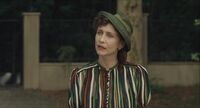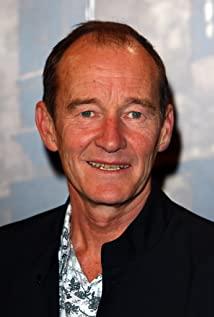"The Boy in Striped Pajamas" tells the scene of a German concentration camp in World War II through the eyes of a child, and examines that special era from the perspective of a child. Those killings and blood that is difficult to look at directly are so strange and interesting that are refracted in the eyes of children, but the more realistic and cruel, the more painful it is.
This movie, like "Twilight", is based on a novel. Of course, the subject matter and audience are very different. Although the film has the color of a children's movie, it is still a serious drama in essence, especially the Auschwitz concentration camp, the most bloody and dirty place where the Nazis slaughtered Jews and prisoners of war from various countries during World War II. The theme tries to explore the problem of human nature, but it puts the film itself on the vacillating moral scale, which makes the audience of the film up to several levels.
Despite some unrealistic fantasies, this movie is still a touching masterpiece.
The extremely heavy ending of "The Boy in Striped Pajamas" takes the film to a new level.
Mark Herman interprets the Holocaust through the eyes of a child. We were not stunned by the beautiful tragedy in front of us until the final finale.
Mark Herman was very successful in adapting John Byrne's original book to the big screen, and the strong emotions in the film infected everyone.
"The Boy in Striped Pajamas" criticizes the Holocaust from a child's perspective. The problem is that it is more difficult for modern audiences to understand these obscure criticisms, so this approach is extremely easy to mislead the audience.
The theme of "The Boy in Striped Pajamas" attempts to explore the problem of human nature, but it places the film itself on a vacillating moral scale.
A very shocking movie, we have to re-examine the tragic nature of that period of war.











